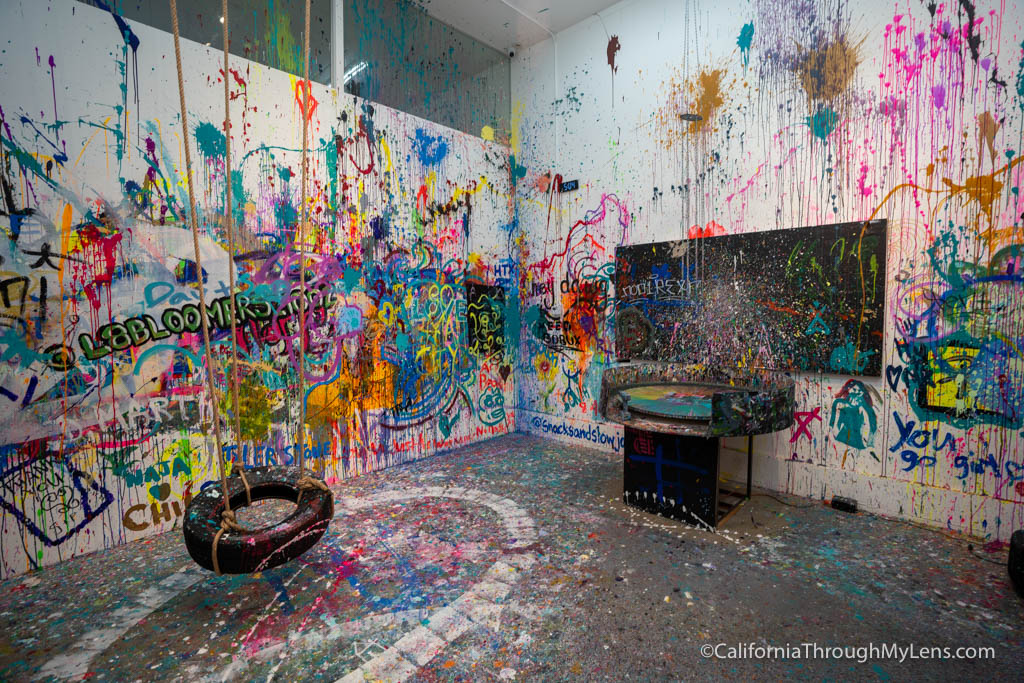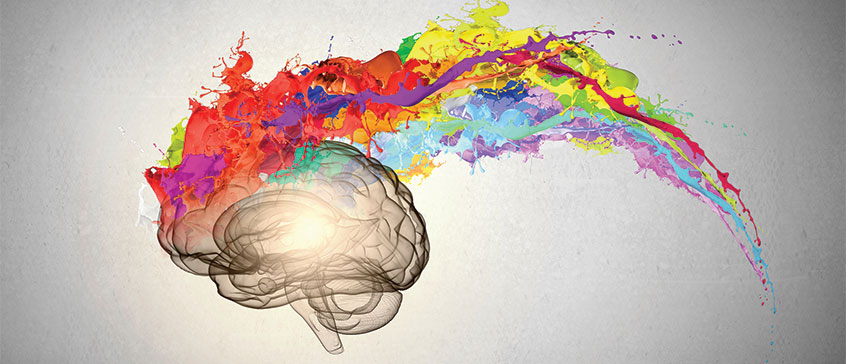A Deep Dive into one of the most Famous Trump Artworks of Recent Years
A Deep Dive into one of the most Famous Trump Artworks of Recent Years
Blog Article
Exploring the Diverse World of Artistic Expression: From Surrealism to Abstract Realistic Look
In the world of artistic expression, from the dreamlike landscapes of surrealism to the complex play of light and form in abstract realism, artists have continuously pressed the limits of imagination and creative imagination. As we check out the multifaceted globe of art, we are presented with a tapestry of designs, strategies, and viewpoints that test our understanding and prompt consideration.
Surrealism: Releasing the Subconscious
Surrealism, an avant-garde creative motion of the 20th century, looked into the midsts of the subconscious, unveiling a world of dream-like images and unique associations. Pioneered by artists like Salvador Dali, René Magritte, and Joan Miró, Surrealism sought to test the traditional means of comprehending and seeing art. Through methods such as automatism and desire evaluation, Surrealist artists intended to tap right into the unconscious mind to expose surprise facts and wishes.
Among the essential elements of Surrealism was the focus on the irrational and the remarkable. By combining unanticipated aspects in their works, Surrealist artists intended to create a sense of disorientation and surprise in the viewer. This interruption of reasoning and reason was implied to prompt a much deeper exploration of the subconscious and the mysteries of the human psyche.
Abstract Realism: Redefining Understanding
Challenging standard imaginative limits, Abstract Realistic look redefines understanding through the fusion of recognizable elements with abstract kinds. This cutting-edge approach to art incorporates the representational accuracy of realism with the creative freedom of abstraction, supplying visitors a distinct aesthetic experience that motivates them to question their perception of truth.
In Abstract Realism, artists make every effort to catch the essence of their subjects while also instilling their deal with a feeling of deepness and complexity through abstract components. By mixing the accustomed to the unfamiliar, these musicians welcome audiences to involve with their items on multiple degrees, urging them to discover the nuances of texture, color, and type.

Cubism: Breaking Up Reality
Using fragmented point of views and geometric forms, Cubism changed the creative depiction of fact in the very early 20th century. Created by Pablo Picasso and Georges Braque, Cubism looked for to test traditional concepts of viewpoint and depiction. By damaging down items and figures right into geometric shapes and offering them from numerous perspectives at the same time, Cubist artists aimed to record the significance of the subject rather than its literal appearance. This technique not just deconstructed reality yet also stressed the monotony of the canvas, leading the way for future abstract art activities.

Cubism can be categorized into 2 primary stages: Analytical Cubism, defined by single color pattern and complex, fragmented types; and Artificial Cubism, which incorporated collection elements and brighter shades into the compositions. Via these distinctive phases, Cubism influenced not only paint however likewise sculpture, design, and design. wikipedia reference trump art. Its impact resounded throughout the art world, inspiring musicians to discover brand-new ways of analyzing and standing for the world around them
Expressionism: Emotions on Canvas
Exploring the depths of human feelings via expressive and vibrant brushstrokes, Expressionism emerged as a profound artistic motion in the early 20th century. Unlike previous art motions that concentrated on showing the exterior world, Expressionism looked into the interior world of the artist's psyche, intending to evoke raw feelings and provoke natural responses from audiences.
Expressionist musicians, such as Edvard Munch, Egon Schiele, and Emil Nolde, declined standard ideas of appeal and realistic look in support of distorting type and color to convey subjective feelings. Making use of exaggerated brushwork, vibrant colors, and altered figures helped create a feeling of worry, alienation, or interest in their jobs.
Among the most famous instances of Expressionism is Munch's "The Scream," which captures the extreme anxiety and anguish of contemporary life with its swirling, distorted number versus a blood-red sky. With their emotionally billed works, Expressionist musicians looked for to challenge standard artistic norms and offer a home window right into the stormy midsts of the human spirit.
Contemporary Art: Advancing Perspectives

Among the defining characteristics of contemporary art is its constant advancement and capability to adjust to changing cultural landscapes. Musicians are increasingly incorporating innovation into their method, blurring the lines between the physical and electronic realms. This combination of mediums enables innovative methods of storytelling and involving with audiences in a more interactive manner.
Additionally, modern art frequently functions as a platform for social discourse, dealing with pressing issues such as identification, national politics, and the setting. Musicians are using their work to prompt and stimulate essential discussions thought, shedding light on the intricacies of the globe we live in. As point of views remain to develop, contemporary art continues to be a dynamic and influential force in shaping our cultural landscape.
Verdict
To conclude, the globe of artistic expression incorporates a vast array of activities and designs, each find out here with its own distinct strategy to communicating meaning and emotion. From surrealism's expedition of the view website subconscious to abstract realism's redefining of perception, and from cubism's fragmentation of fact to expressionism's representation of feelings, art remains to develop and challenge point of views - trump art. Contemporary art reflects the ever-changing world we live in, providing new means to interpret and understand the complexities of our truth
As we explore the complex world of art, we are offered with a tapestry of styles, strategies, and ideologies that test our understanding and prompt consideration. Its influence reverberated across the art globe, inspiring musicians to explore brand-new ways of standing for the globe and translating around them.

Report this page